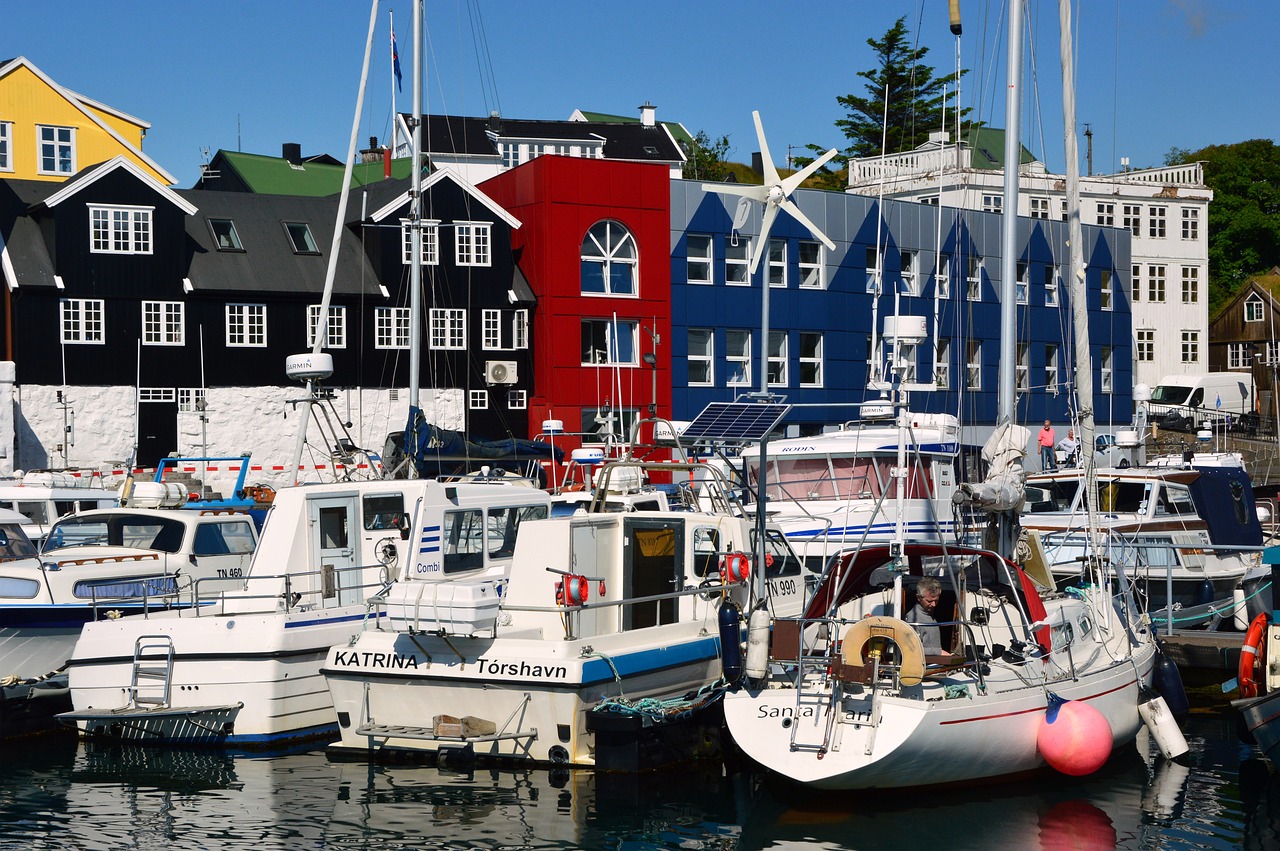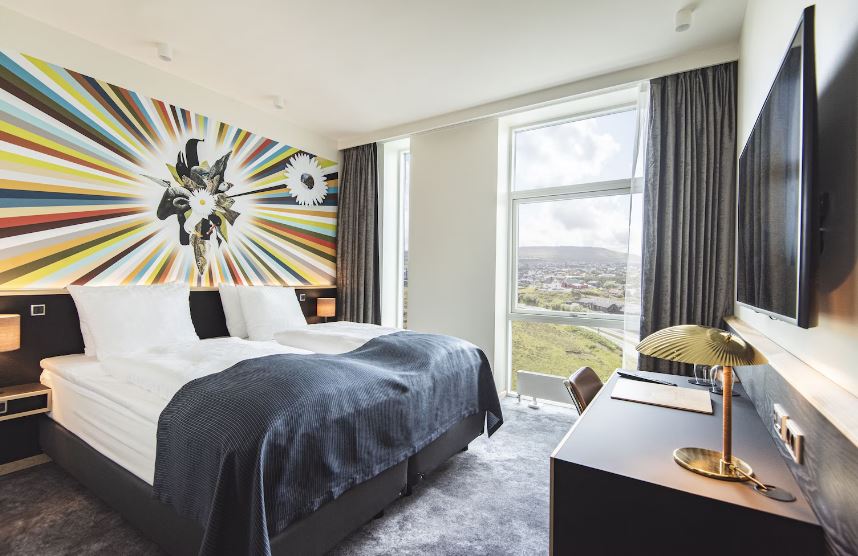The Faroe Islands, a “cloudy part of the world” with only three traffic lights, have a special way of life.
This unique country lost halfway on the route from Norway to Iceland has a rather strange name; the English translation is “Sheep Islands”. Life here is unique and amazing in itself, and quite different from everyday life in other European countries.
Here are the answers to 10 of the most frequently asked travel questions if you plan a visit to the Faroe Islands.
Where are the Faroe islands located?
The Faroe Islands are an archipelago of 18 rugged volcanic islands in the North Atlantic Ocean.
The Faroe Islands are an independent province of the Kingdom of Denmark, means, belong to Denmark, but all state affairs handled separately. They have their own legislative bodies. Unlike mainland Denmark, the Faroe Islands are not a member of the EU. However, Copenhagen already has control over defense, justice, police and foreign policy.
The official language of the Faroe Islands is Faroese, but everyone speaks excellent English. So you should be able to communicate with the majority of locals in English.
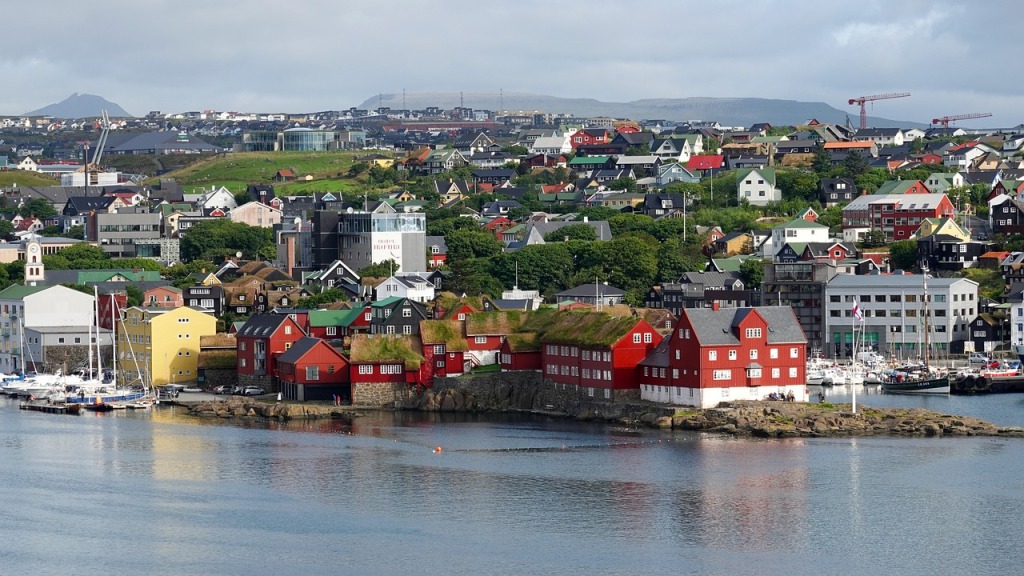
What is the capital of Faroe islands?
Tórshavn is the small capital of Faroe islands that has “appropriated” all the traffic lights. Sounds funny, but, there are only three traffic lights in the town placed strategically one to another.
Tórshavn, the capital of the archipelago, is a small modern town with a population of about 13,000. There are buses in Tórshavn and public transport is free, so you can explore the city without spending too much money.

What type of climate is the Faroe Islands?
The climate in the Faroe Islands is not the most friendly. The islands are windy, gloomy, and cool all year round, with an average of 210 rainy or snowy days per year. It is the only reason why the Faroe Islands are considered as one of the cloudiest parts in the world, next to Antarctica and Venezuela.
Most people visit the Faroe Islands between May and September, as the most popular months are June, July, and August.
Here the umbrella is the most important ”tool” because the weather changes at a rapid pace. Local residents talk about the strongest storms when the wind tears roofs off houses and overturns cars. In general, the inhabitants of the archipelago are used to it. But when the sheep run away, the local residents realize that the situation is serious, because these animals can usually predict storms and hide from them on time.
What is the currency of Faroe islands?
Interestingly, the local currency is pegged to the Danish krona and is not autonomous. But the Faroese landscape krona design is stunning. The Faroe Islands have two currencies of equal value: the Faroese króna and the Danish krone. The Faroe Islands’ currency, the króna, is issued by Denmark’s national bank, Danmarks National bank.
Is there crime on Faroe islands?
The crime rate on Faroe islands is very low.
Everyone knows everyone, and the Prime Minister’s phone number is right in the phone book. The local population prefers to build small houses rather than large ones. Green Scandinavian roofs to save heat are characteristic of the Faroe Islands archipelago. The locals, extremely friendly and helpful, live in Scandinavian houses with grass roofs, and you can always turn to a local resident in case you need assistance.
There is no prison in the archipelago where prisoners can serve their sentences. Of course, crime occurs in all societies, even in the safest ones, so if the offender’s sentence is more than 1.5 years, he is transported to one of the Danish prisons.
What is the main economy source on Faroe Islands?
The economy of this area is based mainly on fishing and sheep farming. There are about 80,000 sheep and the total population of the archipelago is 48,000. Farmers attach reflective elements to sheep so that cars do not drive over them. Interestingly, these animals are used here as… lawn mowers!
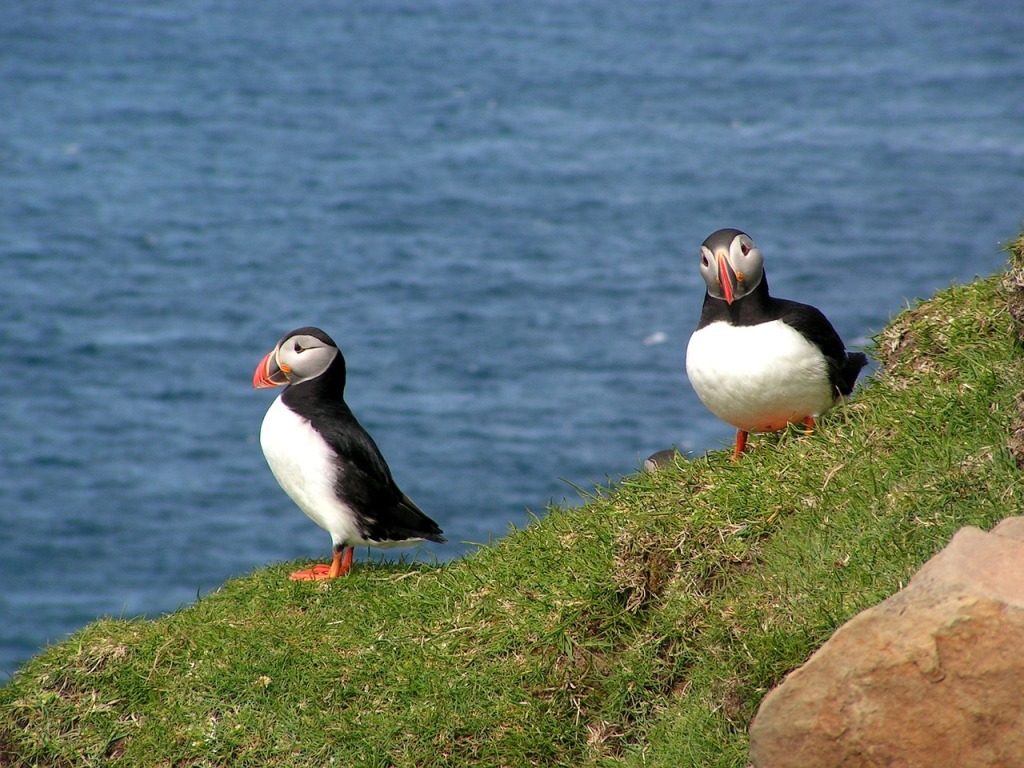

What is the Faroe Islands most famous local tradition?
Faroese and Danish customs are inextricably linked in the indigenous culture of the Faroe Islands and the traditional influence is generally quite strong.
The medieval national dance is still very popular today, especially at music festivals. A fascinating and very spicy tradition associated with the Faroe Islands is the man’s gloves knitting. The Faroe Islands girls knit and give the boys “man’s gloves” to see how serious the groom’s intentions are. If the gift is refused, it indicates that the boy is not yet ready for marriage.
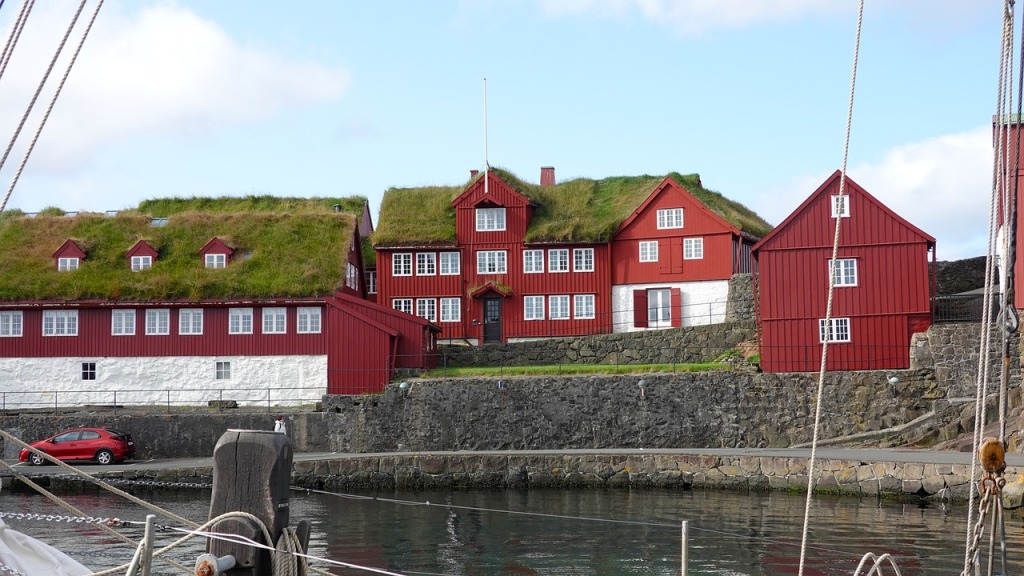
How to get around the Faroe Islands?
Renting a car on Faroe Islands is the most practical and affordable way to explore this small country. Your road tour shall begin when you arrive at Vagar Airport. To rent a car at Vagar Airport, you must be at least 20 years old and hold a valid driver’s license. Some type of vehicles have a greater rental age and may charge a premium fee. Fuel is significantly cheaper on the Faroe Islands than in Western Europe.
The roads in the Faroe Islands are reminiscent of the Scottish highlands, in a way that there are no highways; instead, you’ll be amazed by the extensive range of mountain roads that connect the islands through a combination of bridges and tunnels under the sea.The capital, Torshavn, is the busiest part of the island, but is far from crowded.
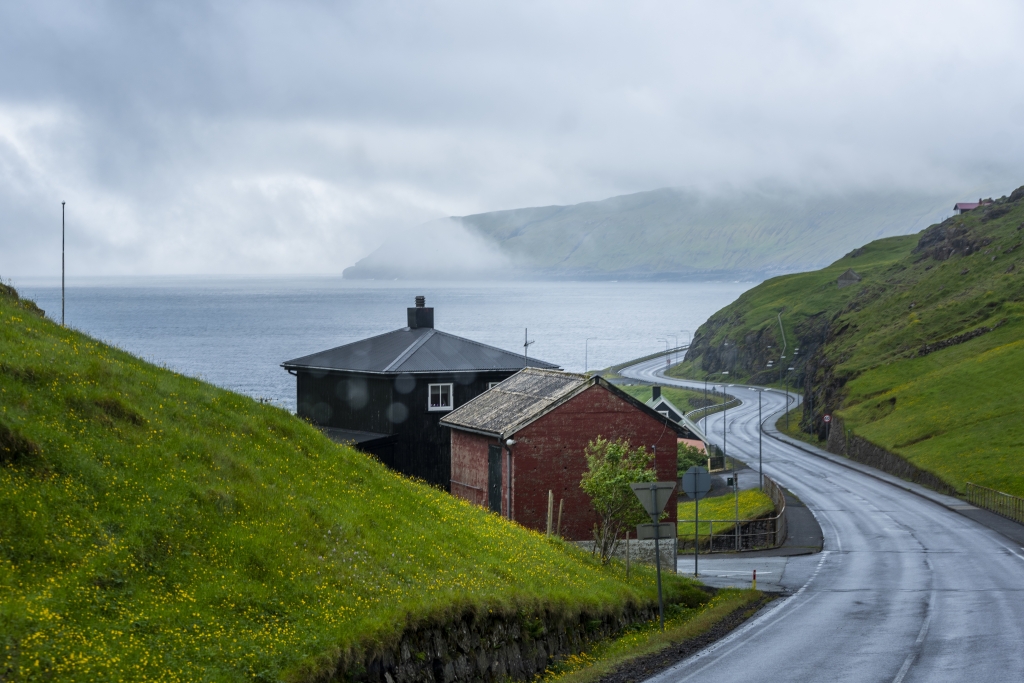
The largest source of congestion in the Faroe Islands is sheep on the roads. Be careful when driving on winding roads as sheep often cross them not afraid of cars.
One thing to keep in mind is that there are limited number of gas stations on the islands, but since the distances are manageable, this doesn’t have to be a challenge. However, if you choose to travel to an unknown destination, it is advisable not to fill the tank below 1/4 before refueling. Driving in the Faroe Islands can be dangerous due to the rapidly falling fog. It is also advisable to always keep your driving lights on. Faroe Islands have right-hand traffic. Because the islands are so rugged, you will come across several tunnels, some quite long and others very old, originally intended for passenger transport.
Common driving rules apply when driving in road tunnels on Faroe Islands.
At the entrance to the tunnel there is signage indicating who has priority. You must enter tunnels carefully and always have the lights on. In single-lane tunnels, the passing points are 100 meters apart. If you do not have the right of way and encounter another vehicle, you must reverse to the nearest overtaking spot. If you come across a truck in a single-lane tunnel, the truck always has priority and the vehicle must always reverse to the next overtaking spot. When driving downhill in a tunnel, you must give way to those driving uphill.
What are the Faroe islands top attractions?
Lake Sorvagsvatn, Kallur Lighthouse, and Mykines Island are the most visited attractions on the Faroe islands.
If you’re not sure where to begin and don’t want to deal with traffic, ferries, or trip plans, consider booking daily planned excursions.
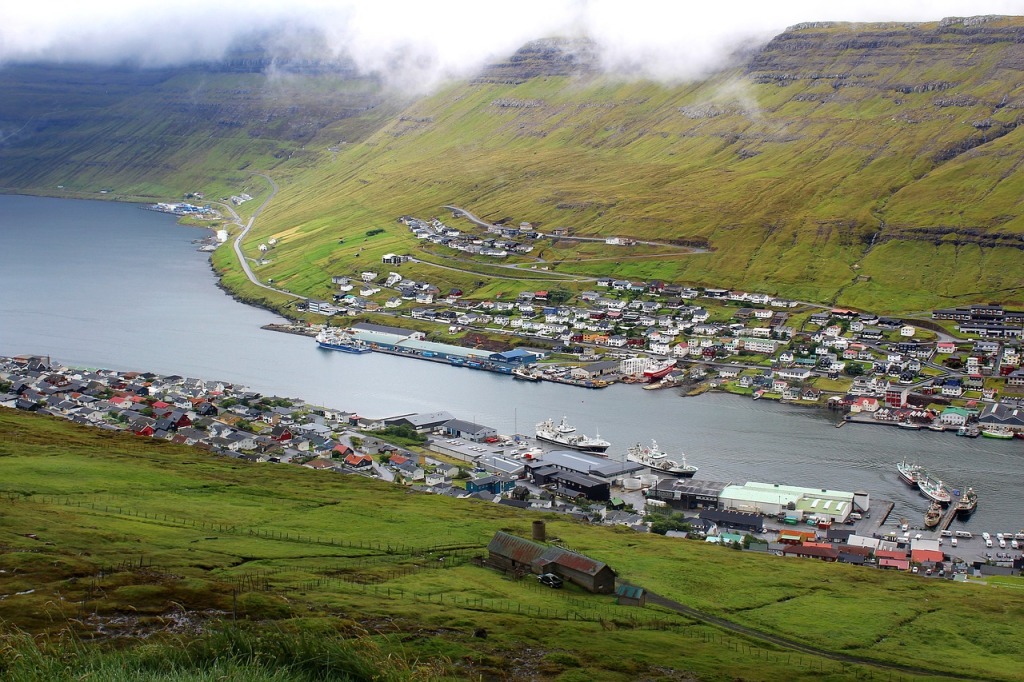
Where to stay in Faroe Islands?
Plan your booking hotel in the Faroe islands before you book anything else. There are just a few hotels on the Faroe Islands, ranging from basic 2-star accommodations to 4-star luxury hotels. If you wish to stay in a hotel in the Faroe Islands, book as soon as possible, at least 6 months in advance.
Some of the most beautiful accommodations in the Faroes are refurbished boathouses and grass-roofed cottages with fully equipped kitchens.
The majority of Faroe Islands lodgings consist of self-catering apartments and cottages. Almost all the hotels are found in Tórshavn, the capital on Streymoy Island.
Hotel Brandan and the 4-star Hilton Garden Inn Faroe Islands are the newest additions to Tórshavn’s hospitality landscape. Unique hotels with great restaurants and very friendly staff.
Promotion:

Keywords: #faroeislands #Tórshavn #cloudy part of the world #how to get to the faroe islands #Where to stay in Faroe Islands #booking hotel in the faroe islands #faroe islands attractions #climate in the Faroe Islands #10 frequently asked travel questions
Destination travel stories: 5 of the best places to travel this Summer French Riviera places to visit

